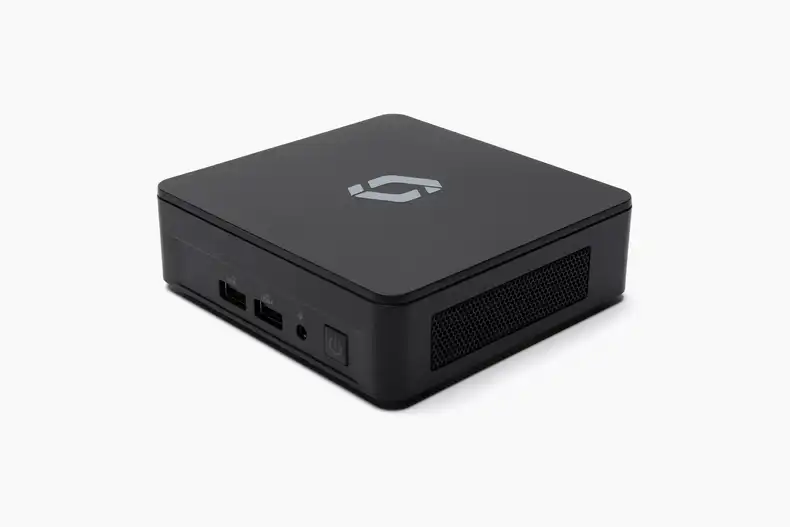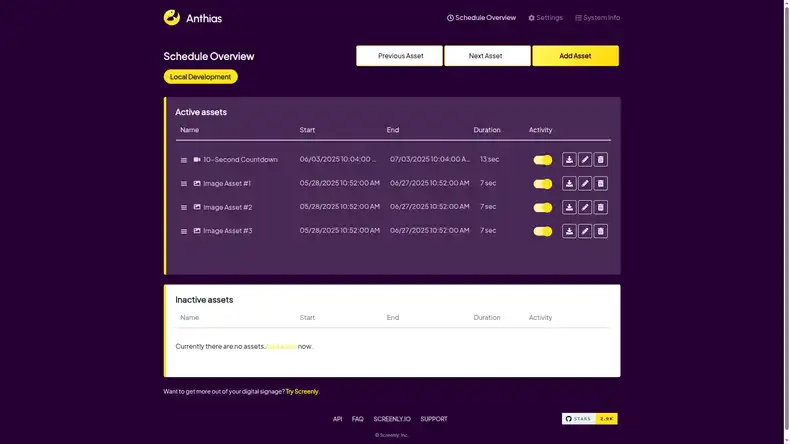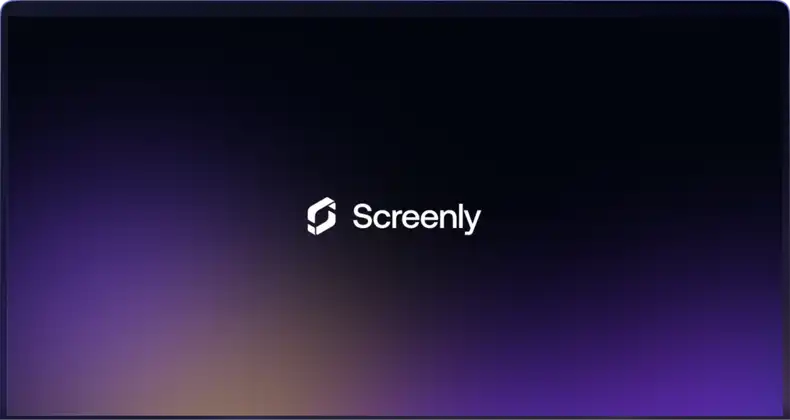InfoPlay manages the screens for a large ferry company in Sweden, and Screenly’s digital signage API is at the center of InfoPlay’s workflows. In this case study, we detail InfoPlay’s current operations and how they use Screenly’s API to service their customers.
What is InfoPlay’s history with digital signage?
InfoPlay started working with digital signage as early as 2014. They realized that many companies needed to present content on digital signs and that few companies had the time or technology infrastructure for proper content management.
InfoPlay first attempted to create its own digital signage content management system on the Raspberry Pi. While this solution had initial success, they turned to Screenly’s existing digital signage software. This business decision allowed them to focus more on developing custom solutions for their customers while Screenly’s infrastructure and software handled core functionality.
Also, since Screenly’s system was compatible with the Raspberry Pi, InfoPlay did not need to buy new hardware. They simply reflashed and repurposed the Raspberry Pi devices they purchased for their in-house digital signage solution.
How has InfoPlay grown with Screenly?
InfoPlay now has hundreds of screens and uses the Screenly API to manage those screens. The Screenly API allows InfoPlay to set up and manage complex scheduling and content changes quickly.
InfoPlay’s main client, a large ferry company in Sweden, has dozens of screens on multiple ships. Challenges with this use case include matching screen content with changing arrival and departure times and managing numerous content playlists for different areas of each ship.
For example, the ferrys’ 14 restaurants have different menu content for different times of the day and days of the week. There is also unique content for customer cabins, including safety videos that need to display at specific time intervals. Building rules for these screens and scenarios would be impossible to do reliably and at scale on a consumer-level user interface. With Screenly’s digital signage API, this work is both easy and efficient.
What is the core value that InfoPlay provides to customers? How does Screenly enable this core value?
InfoPlay’s ferry client originally came to InfoPlay because it wanted to offload responsibility for digital signage. The ferry company tried a few DIY signage solutions, but none could deliver the reliability, flexibility, or quality that they were seeking.
InfoPlay offered a full-service package where they would both produce content designs for the ferry company and take care of all technical details and management responsibilities for the ferry’s digital signs.
InfoPlay knew they needed a robust API to deliver on the project requirements. That’s why InfoPlay partnered with Screenly. With Screenly’s digital signage API, InfoPlay could plug into existing systems, add content, and schedule that content at the right time and on the right screens at scale.
Why does InfoPlay use the Raspberry Pi?
The main reason that InfoPlay uses the Raspberry Pi for their digital signage deployments is the price level of Raspberry Pi-based players. There is a significant price difference between the Raspberry Pi and the cheapest computer system, and this price difference is amplified when there are dozens or hundreds of screens.
However, in the future, InfoPlay may upgrade its fleet of digital signage players to more powerful devices like the Screenly Player Max. More robust players, while more expensive, do have their advantages. In particular, InfoPlay’s digital signage deployment on ferries is subject to regular dips in electricity and internet connectivity. Having players that have stronger wireless capabilities and can more reliably deal with repeated restarts will help address those challenges.
What is the future of InfoPlay’s digital signage offerings?
Right now, InfoPlay is looking to develop a custom digital signage “channel” feature. For the ferry company in Sweden, InfoPlay wants to develop this channel feature so that viewers can switch between entertaining video content and journey progress updates with ease. With multiple channels, viewers will be able to access different content on their own and change back to previous content when needed.
In the coming months, InfoPlay will use its experience with Screenly’s digital signage API to develop custom signage solutions and management packages for other large companies. One use case that is top-of-mind is producing custom digital signage for hotels and conference centers, where clients can display ads and welcome material for visiting companies.
Now that InfoPlay has built its system on Screenly’s digital signage API, the company can quickly expand its solution to other use cases. Right now, branching out into other industries just means plugging in new data sources into their existing stack.
What does InfoPlay have to say to other companies considering digital signage?
InfoPlay’s co-founder, Andreas Sallmunds, emphasizes the utility of Screenly’s digital signage API when managing digital signs at scale. For companies looking to get into digital signage, Andreas states, “If they have the data, it is easy to control the screens with that data.”
Looking toward the future, Andreas asserts that, “If we find new customers now, we will use Screenly. For our system, we need Screenly.”
Get started with Screenly’s digital signage API
The Screenly API is a fully documented digital signage API, and users can complete all interface actions via API. These actions include adding and removing content, building content playlists, and scheduling content. To learn more about Screenly’s digital signage API, click here).
If you have any questions on Screenly digital signage solution, please do not hesitate to reach out. To contact Screenly Support, click here.
If you do not have a developer and you are interested in contacting InfoPlay for custom digital signage work via Screenly API, reach out to Andreas Sallmunds.





